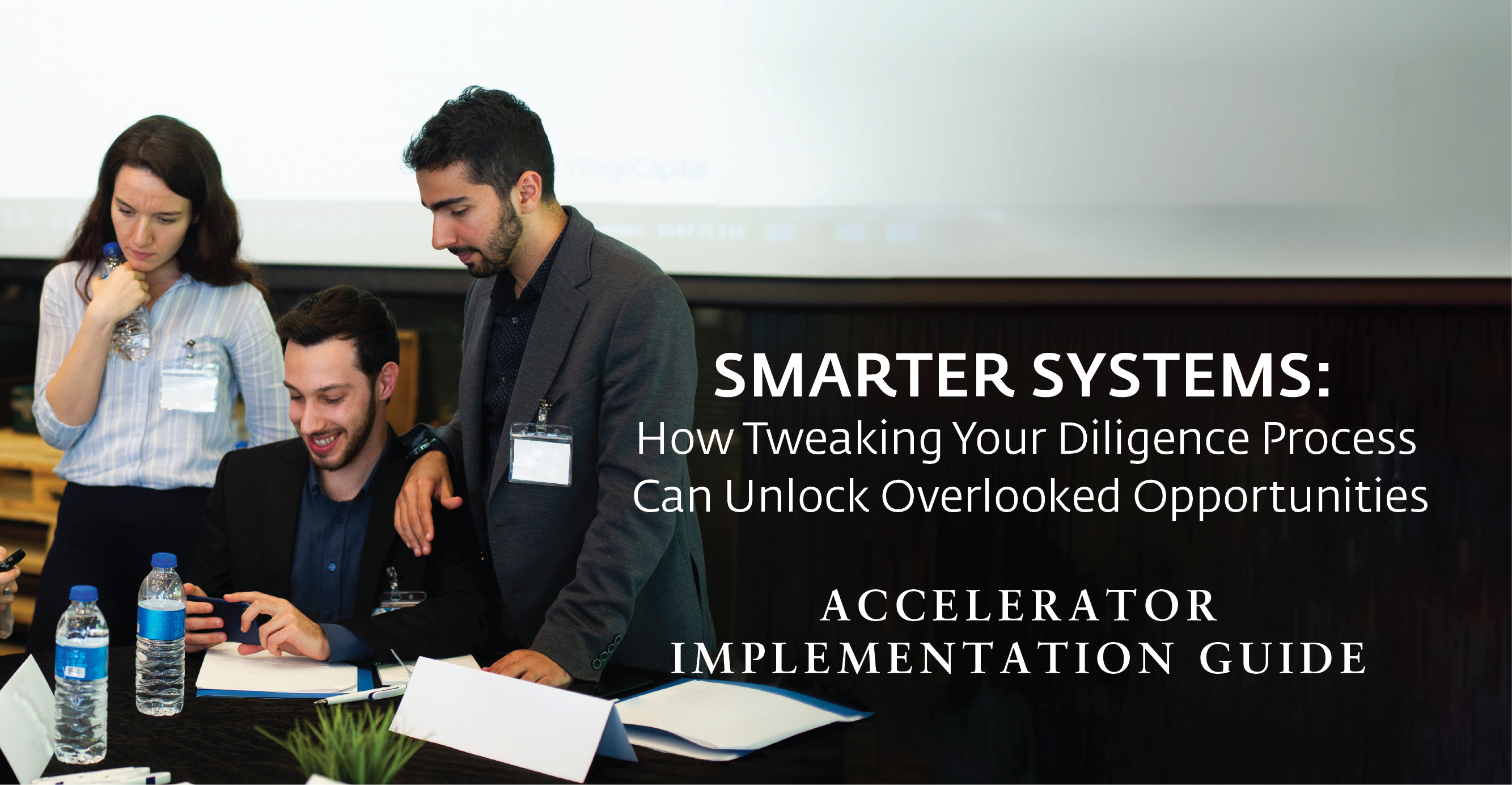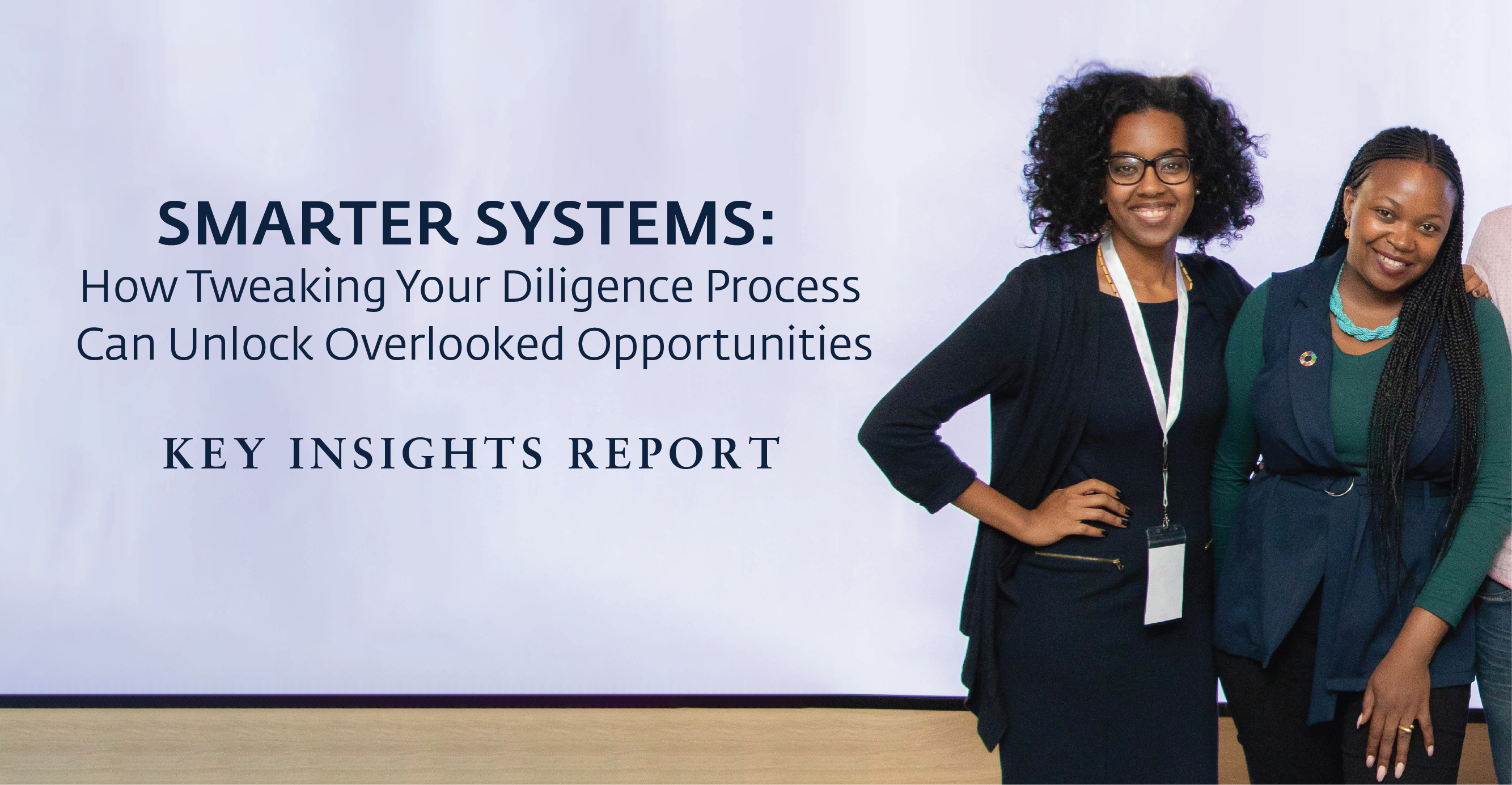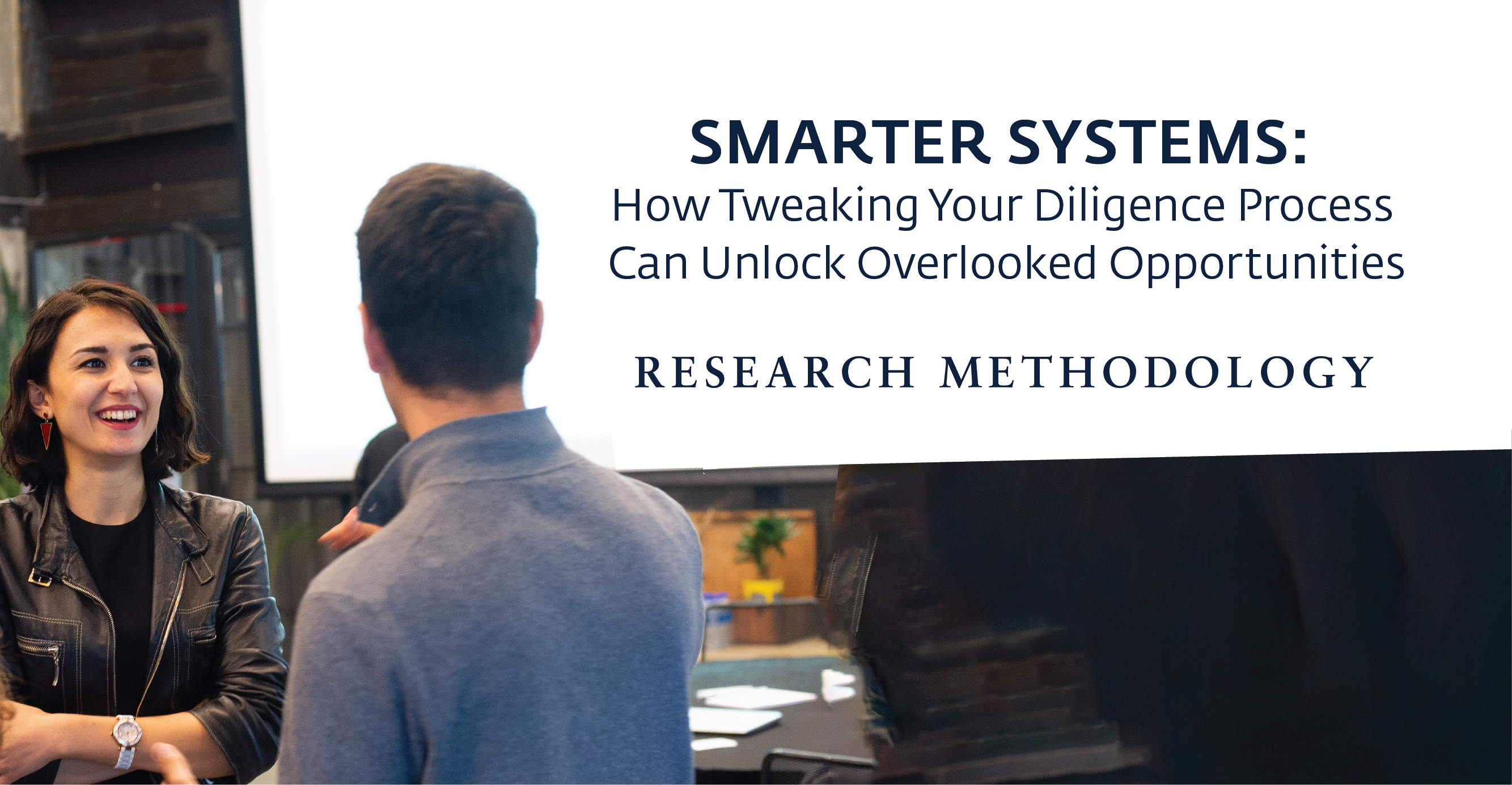Smarter Systems: How tweaking your diligence process can unlock overlooked opportunities
A Key Insights Report on the Gender Financing Gap
About the Research
Supporting innovative entrepreneurs requires ecosystem innovation to reduce the barriers that stand in their way. That’s why we’ve set out to research, test, and create solutions that equip the startup ecosystem to reduce the gender financing gap.
Read our report on the role of accelerators in the gender financing gap. Keep reading to learn more about our latest research on how to reduce discrepancies and improve accuracy in evaluations below, or download the report and implementation guides to learn how to adopt our findings into your own systems.
The Gender Financing Gap
85.5% of VC dollars invested globally in 2021 went to startups with only men on the founding team. Our research suggests the gap cannot be explained by startup or founder differences. (PitchBook Data, Inc.)
Hover over the interactive map below to explore regional data.
All Men Founding Teams
Mixed Gender Founding Teams
All Women Founding Teams
Our Research Findings
Along with academic and World Bank researchers and academic researchers Amisha Miller of Questrom School of Business at Boston University and Saurabh Lall of Adam Smith Business School at the University of Glasgow, we set up an experiment to test how to increase the accuracy of and reduce discrepancies in the investment evaluation process – the due diligence and interview frameworks and processes that investors use to assess potential investment opportunities – by making it more consistent, comprehensive, and data-driven.
We added three steps to target discrepancies in startup evaluations because research suggests investors often inconsistently evaluate women-led and men-led startups of similar quality. Countless entrepreneurs can be left out if the systems designed to allocate funding inaccurately identify promising startups.

This led to a statistically significant, 5x improvement in women-led startups’ scores.
Investor evaluations can often fail at accurately scoring and identifying promising women-led startups which is why it’s key to improve and adjust evaluation frameworks to increase the accuracy of assessments.
These three steps prompted investors to:
Collect information on each startup’s risk and growth opportunities ensuring a comprehensive understanding of both.
Assess a team’s potential by evaluating how much they have demonstrated an ability to improve their startup.
Predefine what criteria will most heavily determine the assessment of a company.
Reports & Implementation Guides
Want to learn more about how to improve your evaluation framework? Download our Investor Implementation Guide and Accelerator Implementation Guide.
Research Partners

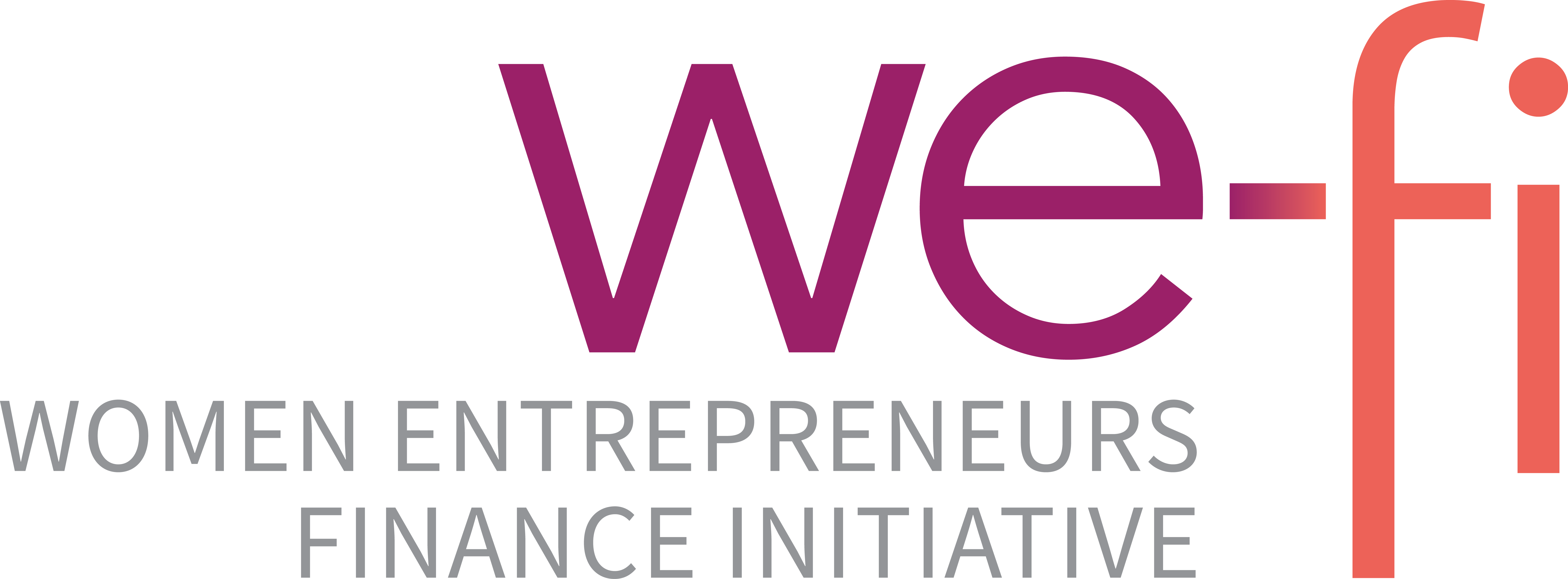
Sponsors
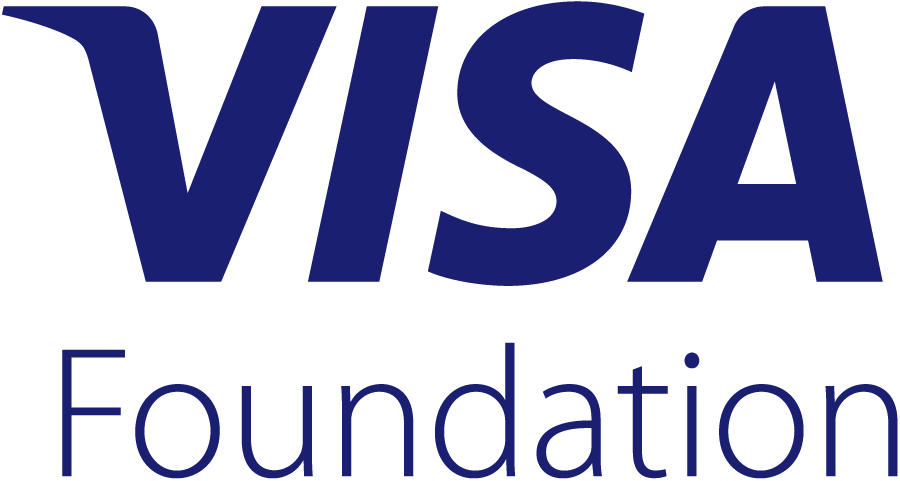

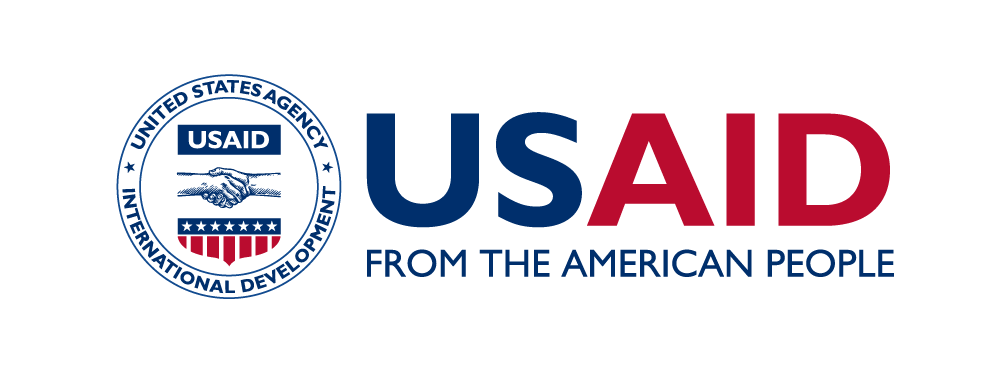


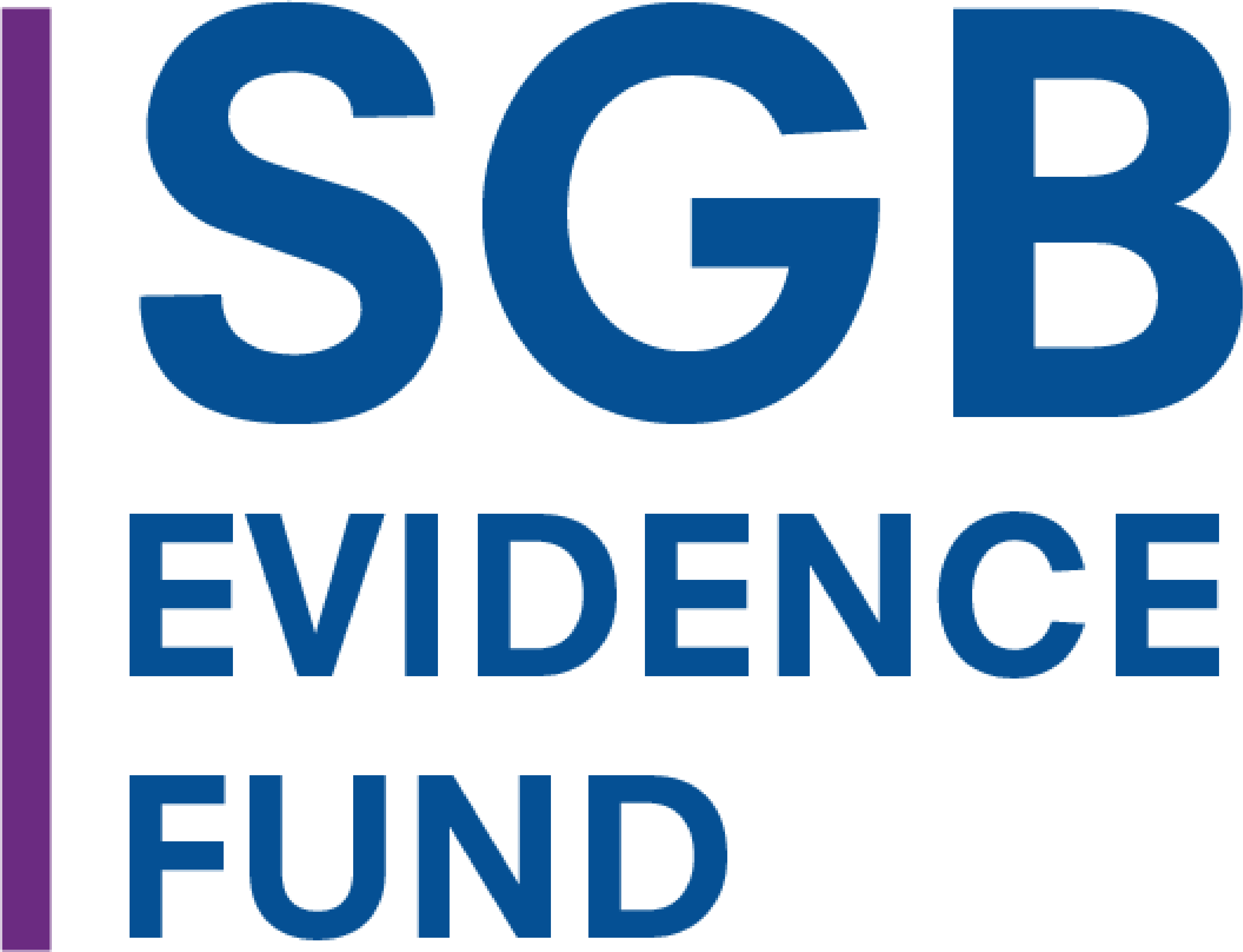
Research Coalition

Amisha Miller of Questrom School of Business, Boston University
Saurabh Lall of Adam Smith Business School, University of Glasgow
